I'm trying to do with Python what I the STL function on R.
The R commands are
fit <- stl(elecequip, s.window=5)
plot(fit)
How do I do this in Python? I investigated that statmodels.tsa has some time series analysis functions but I could specifically found "Seasonal Decomposition of Time Series by Loess" in the documentation. Similarly on Python.org there is a library called timeseries 0.5.0, but this doesn't have documentation and it's home site looks down. I know that there is an option with rpy2 using a wrapper, but I don't know how to use the wrapper.
Thanks.
